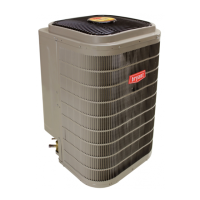
Do you have a question about the Bryant EVOLUTION V 189BNV Series and is the answer not in the manual?
| Voltage | 208/230V |
|---|---|
| Type | Air Conditioner |
| EER Rating | Up to 13.5 EER |
| Compatible Indoor Units | Evolution System |
| Refrigerant | R-410A |
| Communication Protocol | Bryant EVOLUTION Connex |
General safety advice, hazard symbols, and signal words (DANGER, WARNING, CAUTION).
Guidelines for optimal installation to prevent noise and ensure proper operation.
Inspecting the unit and confirming the job site suitability before installation.
Proper mounting of the unit on a stable and level base.
Maintaining adequate space around the unit for airflow, service, and wiring.
Understanding outdoor temperature limits for system operation and potential capacity reduction.
Advice on elevating the unit for drainage and protection from environmental factors.
Procedures for connecting refrigerant lines, including material and size recommendations.
Guidance on connecting power and control wiring according to codes and unit specifications.
Information on the compressor's internal crankcase heater and its power requirements.
Notes on installing optional accessories like support feet or snow racks.
Procedures for safely starting up the system after installation.
Explanation of how the system operates with different thermostat types and its functional sequences.
Methods for verifying and adjusting refrigerant charge using the User Interface.
Procedures for safely recovering refrigerant and evacuating the system.
Details on the function and location of the Application Operational Control (AOC) board.
Description of the inverter's role in driving the compressor and fan motor.
Troubleshooting steps for loss of communication between the unit and the User Interface.
Importance of the model plug for system identification and operation.
Guidance on connecting communication and thermostat wires for different system types.
Role of the low-pressure transducer in system monitoring and protection.
Function of the PEV in equalizing pressure for reliable compressor starts.
How the system responds to high-pressure switch events and lockouts.
System behavior and protection during low voltage (brown-out) conditions.
How the control board detects 230V presence and absence.
Procedure for measuring compressor winding resistance to diagnose faults.
Steps to verify fan motor operation by measuring resistance.
Explanation of amber LED status codes for diagnosing system faults.
A checklist of essential final inspections before leaving the job site.
Guidelines for periodic maintenance to ensure optimal performance and longevity.
Key information and precautions for working with Puron refrigerant.
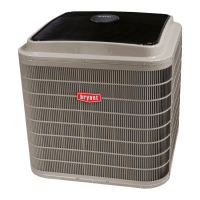
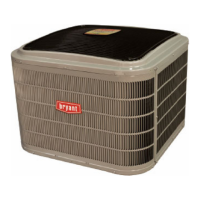
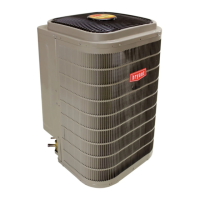
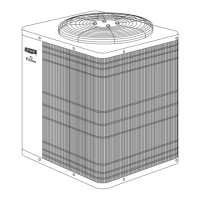
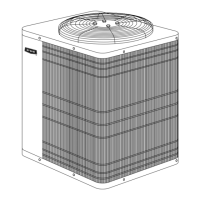

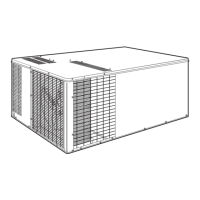
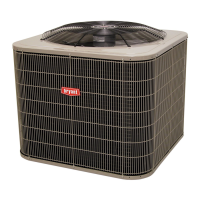


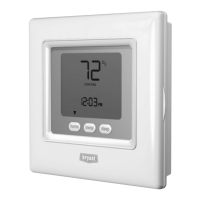
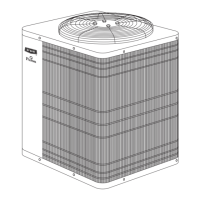
